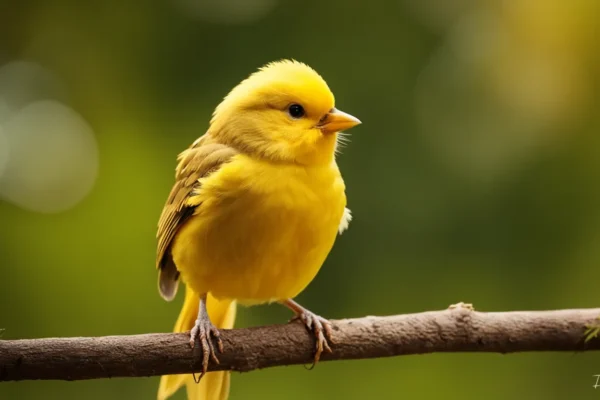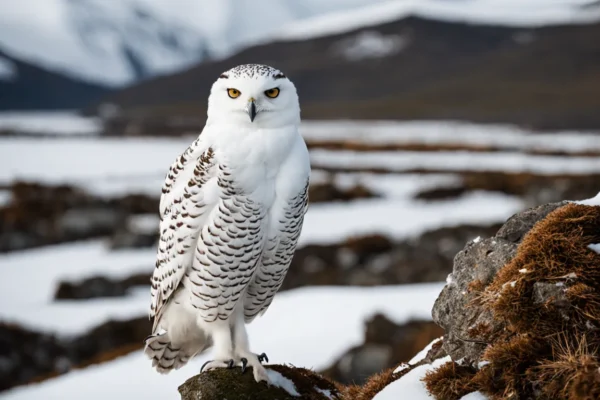The bearded dragon, Pogona vitticeps, is recognized by its large, triangular head, flattened body, and spiky scale clusters covering its body. Australia’s deserts are home to “Beardies.” The underside of this reptile’s neck, which may bulge up and become black for a variety of causes, is referred to as the bearded dragon. This often occurs when these lizards sense danger or experience stress of any type.
One of the most well-liked reptiles in the world, bearded dragons make excellent pets since they are often kind and calm. The fact that these creatures resemble dragons and come in a variety of striking hues is what makes them so fascinating. You’ll discover more about bearded dragon colors and other helpful information on this page.
Variations in Bearded Dragon Colors
Bearded dragon color is influenced by a number of variables, including environment and heredity. This is especially true for morphs that are black.
In addition to changing their color to better fit their surroundings, bearded dragons use color to manage their body temperature. We’ll concentrate on the many hues of well-known beardies below.
Albino bearded dragon

A unique creature is the real albino bearded dragon. These beardies have red or pink eyes and are completely white. A natural skin pigment called melanin is absent in certain bearded dragons, much as in other albino reptiles. Albino bearded dragons may lack patterns in addition to lacking pigment.
These are quite uncommon bearded dragons. Even the most seasoned breeders or collectors have never laid eyes on an albino beardie. Albino bearded dragons may naturally give birth, however their lifespan is limited to a few weeks. This occurs as a result of their improper absorption of UVB photons. Additionally, they cannot handle calcium well.
White Bearded Dragon

Albinos continue to be confused with white bearded dragons, which were formerly very uncommon. The white/silver color morphs of beardies are available in many pet shops, albeit they are less frequent than other morphs.
The true color of white dragons varies; in colder climates, they might seem grayish, while in warmer climates, they can appear white. Breeding wiltblit and snow bearded dragons produce white beardies. White beardies resemble snow beardies in appearance, but the black spot patches on their skin are smaller.
As a gentle reminder, snow bearded dragons are markingless, pure white lizards.
Black Bearded Dragon

Because they have more melanin than other morphs, black bearded dragons are darker. Other-colored beardies may sometimes become blackish as a result of environmental factors or temperature changes.
As you can see, bearded dragons, like other reptiles, are ectotherms. This implies that they must adjust their body temperature in response to their surroundings. They must take in more heat when they are too chilly. They thus seem darker as a result.
Remember that bearded dragons may seem black in situations of menace.
Black bearded dragons often have darker skin and black markings all over their bodies. A bearded dragon that is all black is a rare sight, much like albino reptiles.
Blue Bearded Dragon

In reality, blue bearded dragons are transparent. Breeding two transparent beardies together produced this morph. You see, a genuine blue dragon might have that hue throughout their whole body, but a typical transparent beardie can just have a blue tinge on their belly.
Despite their great demand, the majority of blue bearded dragons lose their blue hue as they mature.
Citrus Bearded Dragon

Typically yellow in color, citrus bearded dragons have deeper orange-red stripes. They may sometimes have streaks of yellow and orange hue. Citrus beardies are not only colorful, but they also have a lively nature.
In actuality, reptile enthusiasts often choose citrus bearded dragons. This is particularly true for those who choose bright, eye-catching colors over muted ones.
When discussing citrus bearded dragons, it’s helpful to bring up other morphs that belong to the same family. These consist of yellow beardies, tangerines, and citrus tigers. Citrus and Citrus tigers are similar, but Citrus variants have more pronounced orange stripes.
Green Bearded Dragon

Olive green and “regular” green with conventional yellows are the colors of green bearded dragons. Actually, one of the most prevalent hues of beardies is olive green.
Despite their stunning look, vivid green isn’t so common.
Certain citrus beardies may have greenish hues that they carry throughout maturity.
Lemon Bearded Dragon
The color yellow on lemon fire bearded dragons is very brilliant and dazzling. Up to 90% of their bodies are mostly coated in this stunning hue of yellow. These beardies grow quickly and produce brilliant yellow progeny as well.
The fact that lemon flames always have a vibrant hue is perhaps their finest feature. Lemon flames often retain their vibrant color throughout their life, in contrast to other bearded dragons who have a tendency to alter as they become older.
Orange Bearded Dragon

It’s vital to note that orange bearded dragons exist in a spectrum of orange hues before claiming that orange is just another zesty color. These vary in color from blazing orange to scorched brown. This also applies to tangerine beardies. “Sunburned” bearded dragons, or deep orange beardies, are another name for them.
Breeding red and yellow morphs produce orange-bearded dragons.
Bearded dragons of different hues may also sometimes take on an orange hue. They may have changed hue because they were feeling warm or happy. Stated differently, there is no need to be concerned. We like orange beardies not just for their amazing hues and tones, but also because they’re not too hard to get.
Purple Bearded Dragon

Rare are the purple bearded dragons. They are in the same group as beardies with blue fur. Purple progeny rather of blue ones may be produced by breeding two transparent bearded dragons. As they become older, a lot of them undergo color changes. However, certain purple beardies don’t lose their hue.
These bearded dragons cost more than other hues since they are scarce. The same holds true with blue beardies as well.
The Red-Bearded Dragon

There are several colors of red in red bearded dragons. These range in color from brownish tones to more vivid and brighter ones. This also includes ruby red beardies, or deep dark red beardies.
Red beardies may be quite expensive because of their unique coloring. However, when they become older, this morph tends to be pleasant, tranquil, and serene, making them excellent pets. Dragon collectors are especially fond of red beardies. And who is to blame for them?
Tan Bearded Dragon

A tan bearded dragon is one of the most prevalent kinds of beardies available. The hues of these reptiles range from pale gray to brown. Additionally, some tan beardies have a faint orange or yellow undertone. These beardies are less expensive than others since they can be found in almost any pet shop that sells reptiles.
Translucent Bearded Dragon
The name of the translucent bearded dragon should give you an idea of its almost transparent scales and spikes. These beardies are often lighter in color since they are hypomelanistic. Transparent beardie babies often have a nearly transparent or slightly blue belly.
The blue hue on these beardies’ abdomens tends to fade with age. Because the reptiles don’t usually maintain their colors throughout maturity, bearded dragons with blue and purple hues are quite uncommon.
The eyes of translucent bearded dragons are often solid black in appearance, yet they are virtually always a deep dark brown. Occasionally, their eyelids become blue. It’s interesting to note that throughout the course of their lifetime, transparent morphs’ eyes usually alternate between solid black and yellow.
Bearded Dragon with a Leatherback
Although the word “leatherback” doesn’t refer to a specific hue, it is an intriguing mutation in scale that requires attention. Bearded dragons have various scalation morphs in addition to their striking colors.
The smooth scales, lack of spikes on the limbs and back, and other characteristics of leatherback beardies define them. The sides of their bodies are the only places where leatherback beardies have spikes.
The fact that leatherback beardies make wonderful pets is what we like about them. They are not only easy to maintain, but they also show no hostility toward people.
Paradox Bearded Dragon
One of the rarest varieties of these reptiles is the paradox bearded dragon. Their unique design is the reason they are bred.
Bearded dragons often have a pattern of colors on their tails and backs that are banded. The erratic color patterns of paradox beardies’ bodies are what set them apart from other beardies.
Their characteristic is the appearance of dislocated colored patches. These reptiles are called paradox beardies because of how unique they are in comparison to other dragons.
In summary
The hues and patterns of bearded dragons are endless. Colors are combined by breeders and collectors to create distinctive patterns and combinations. A few hues are more popular than others. The reptile is more costly the rarer the color. Because of their peaceful nature, beardies make wonderful pets, no doubt about it.






